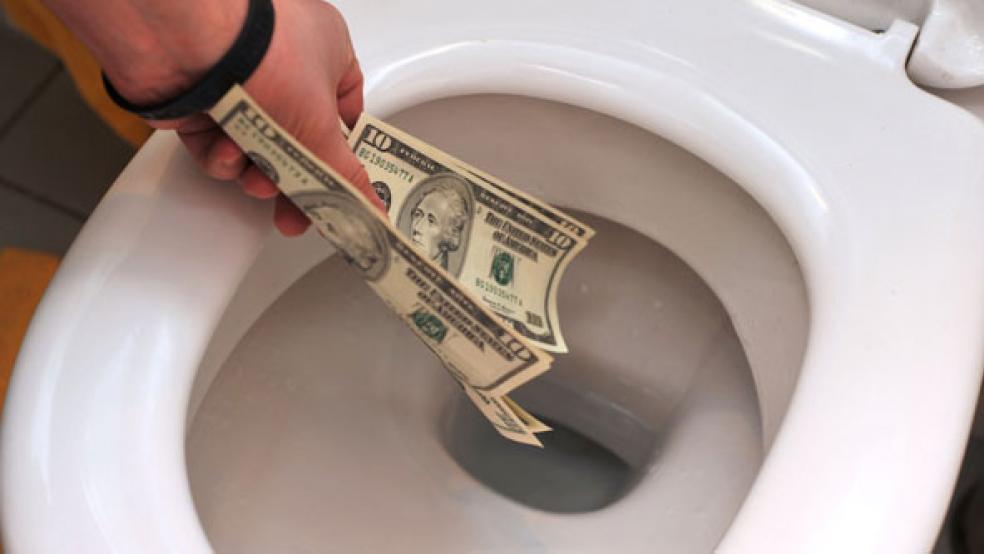Two projects crucial to the Department of Energy’s multi-billion dollar program to dispose of surplus weapons-grade plutonium have already soared $3 billion over budget and are nowhere near completion.
That’s according to a report from the Government Accountability Office that reviewed the National Nuclear Security Administration’s Plutonium Disposition program, which includes constructing the Mixed Oxide Fuel Fabrication Facility that produces fuel for nuclear reactors, and the Waste Solidification Building, which disposes of liquid waste from the first facility— based in South Carolina.
Related: Government Blatantly Wastes $30 Billion This Year
The GAO said that the projects together, which were originally estimated to cost around $4 billion, have soared to a total of $7 billion and won’t be finished for several years.
The auditors blamed mismanagement at the NNSA for the significant rise in costs, and scolded the agency for not having a procedure in place to project accurate expenditures.
The auditor found that the NNSA based the facility’s cost estimate of a maximum of $1.1 billion on a “distantly related uranium storage project. The NNSA is frequently featured on the GAO’s annual “high risk” report, which highlights areas within the federal government that routinely experience waste, fraud, abuse and mismanagement.
Related: Government Wastes More Money Than You Think
“NNSA has experienced long-standing difficulties in completing major projects within cost and on schedule,” the auditors said.
Another large project to replace an old uranium processing plant in Tennessee has incurred significant cost increases and experienced setbacks for years, due to similar management issues at NNSA.
The GAO, which reviewed the uranium processing facility at the Y-12 National Security Complex, found that the plant was first estimated to cost about $600 million back in 2005; but the cost has soared into the billions. An outside estimate by the U.S. Army Corps of Engineers put the total around $11.6 billion—nearly 19 times the original estimate, according to the Project for Government Oversight. That would make the facility among one of the most expensive investments in nuclear weapons infrastructure since World War II.
In both reports, the GAO recommended the NNSA conduct a root analysis of all projects that have experienced cost increases or delays to determine how to avoid similar situations in the future. The auditors also said the agency should be required to project expenses for the life-cycle of each project it pursues.
Top Reads from The Fiscal Times:
- DOD Is Stuck with a Flawed $1.5 Trillion Fighter Jet
- The 10 Worst States for Taxes in 2014
- Obama’s Workforce: Discouraged, Disincentivized, Downsized





